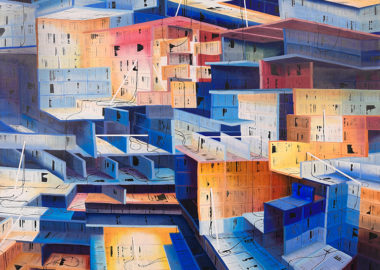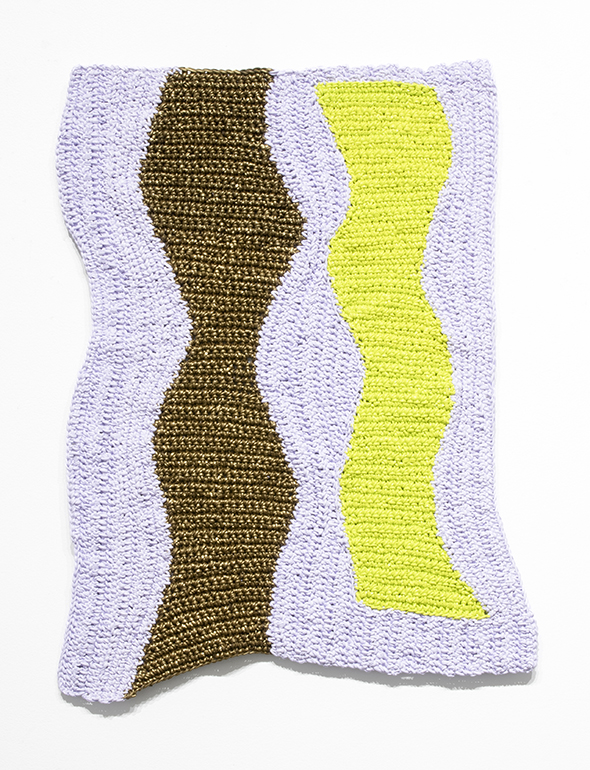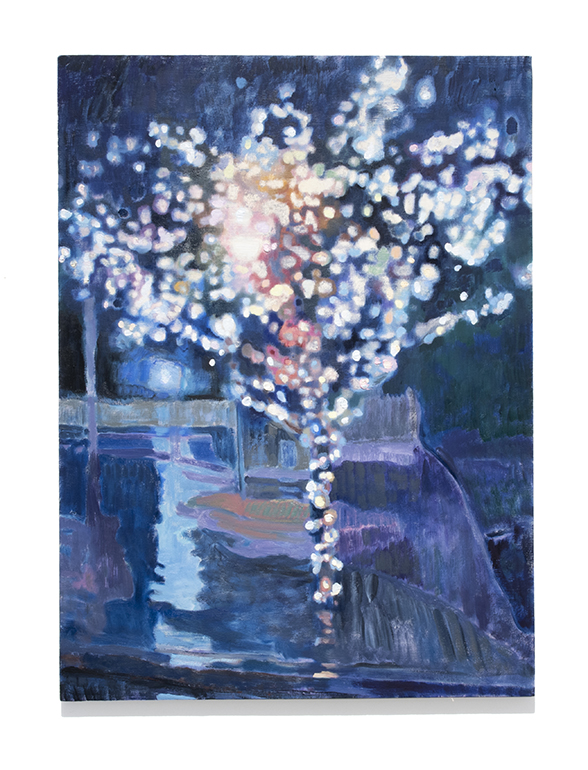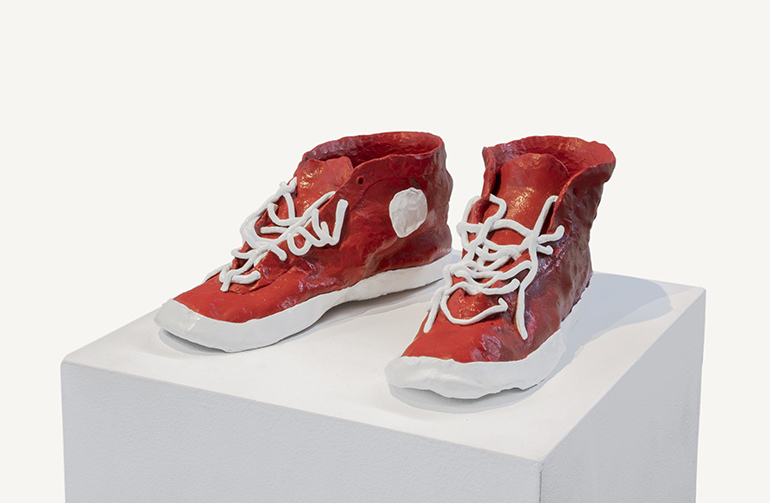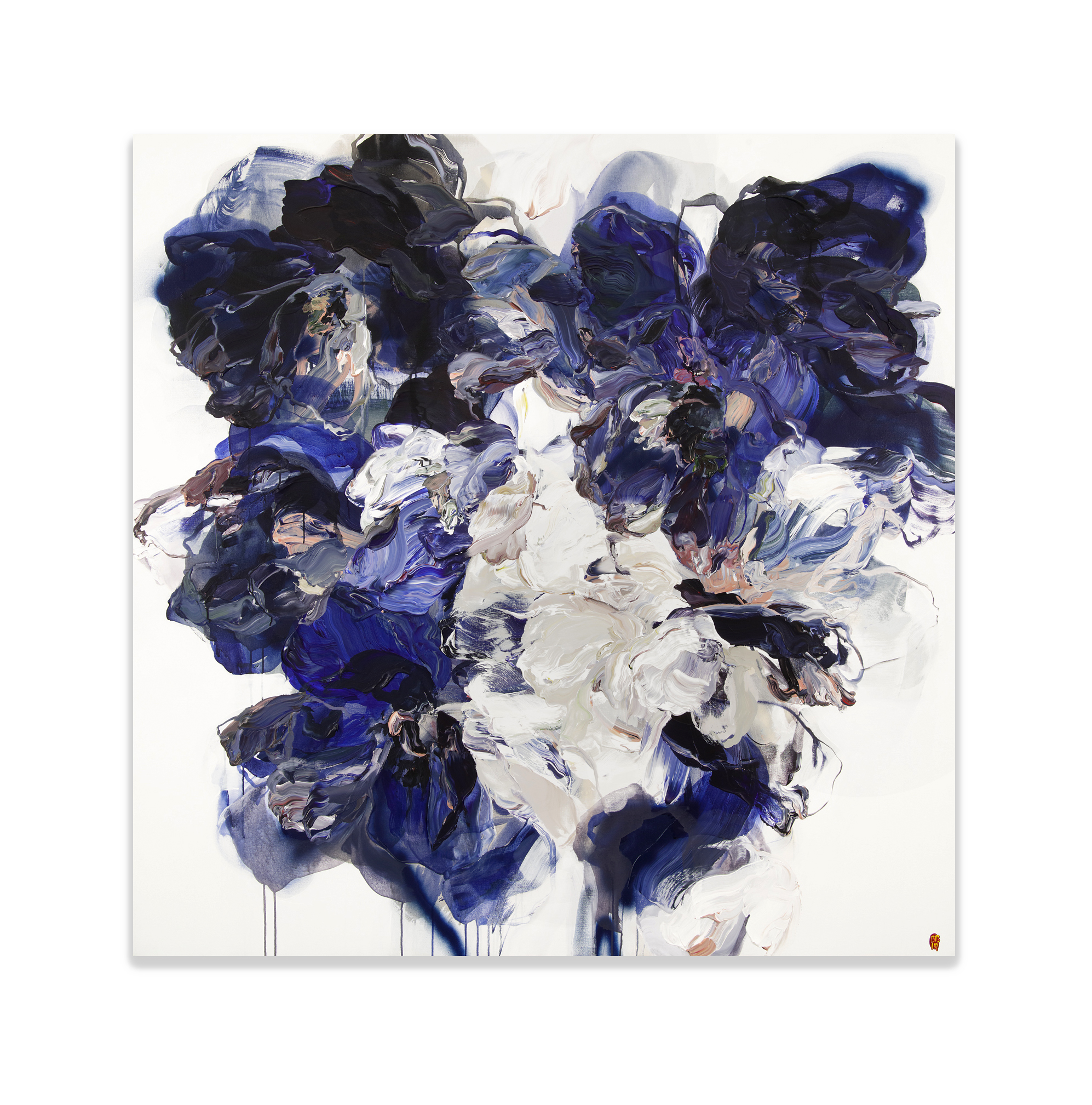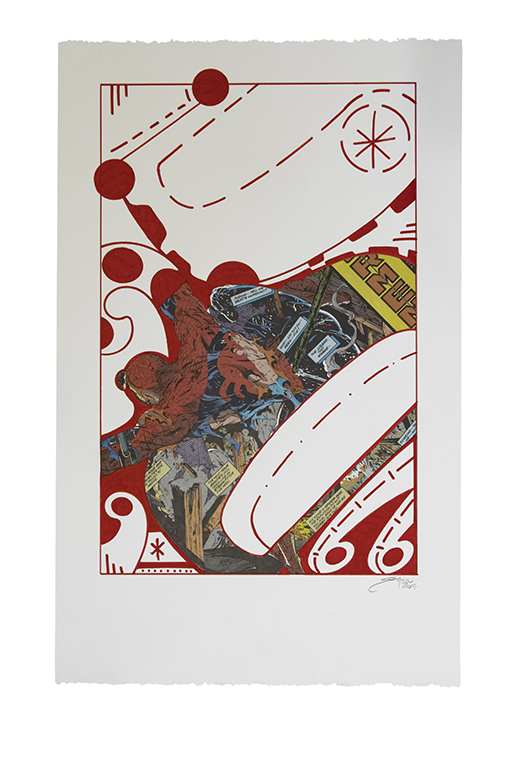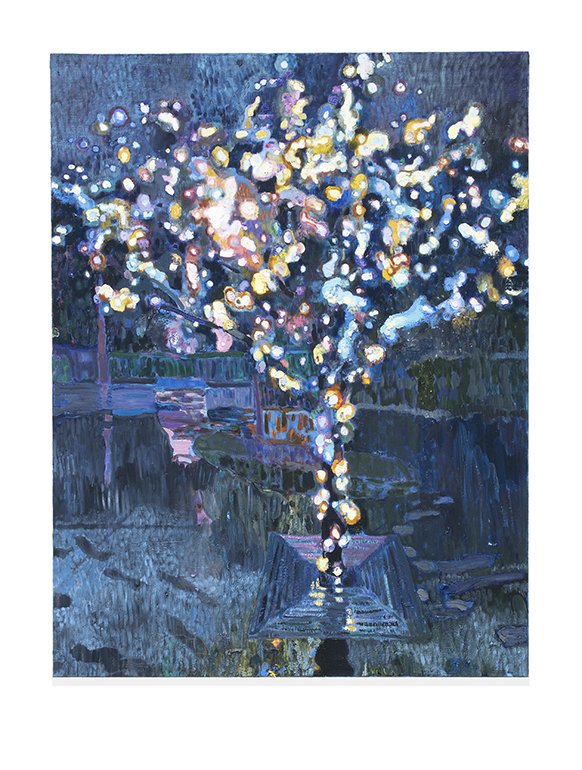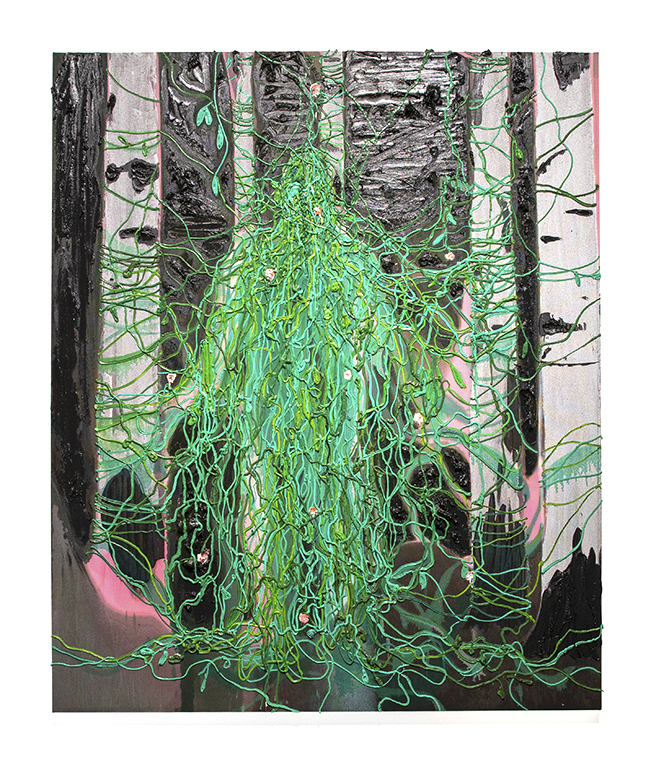October 24 - October 27
Toronto, ON
Art Toronto 2019
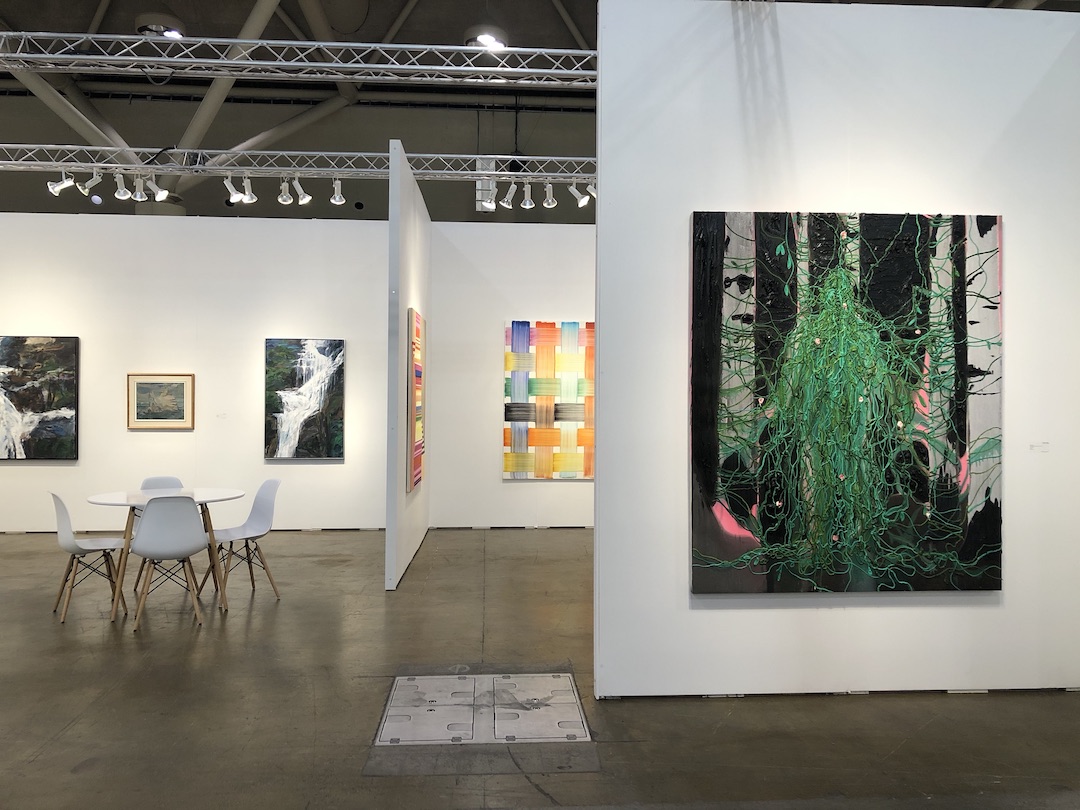
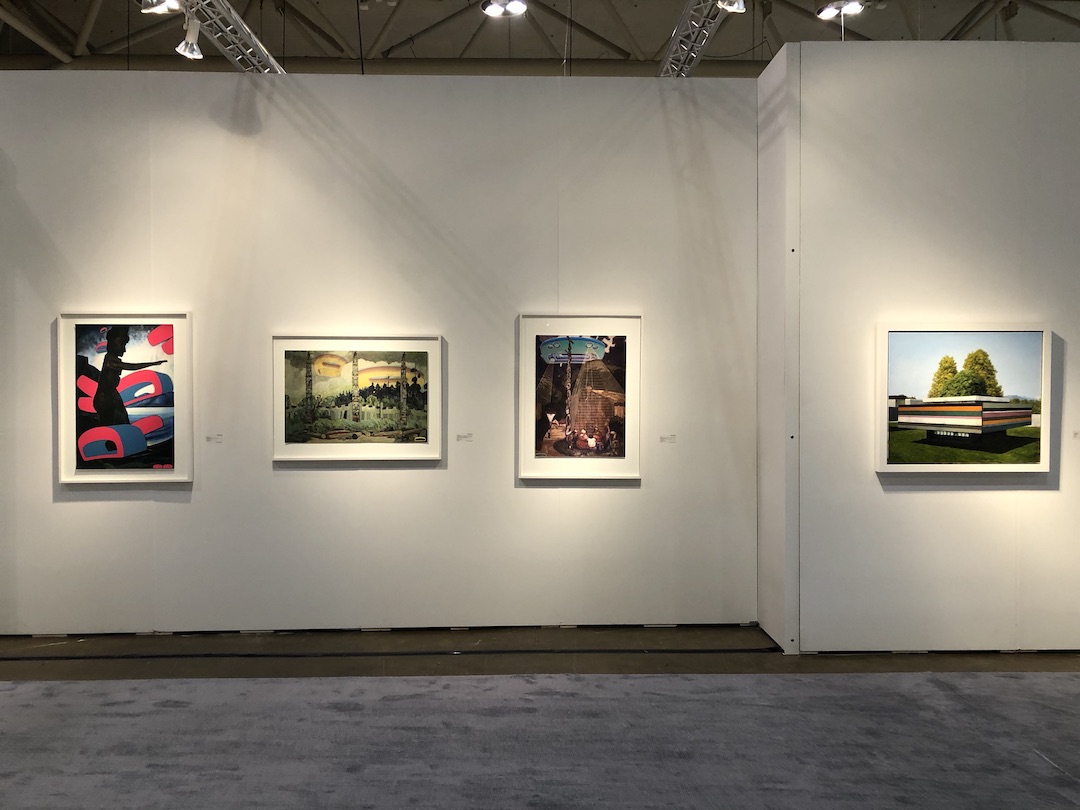
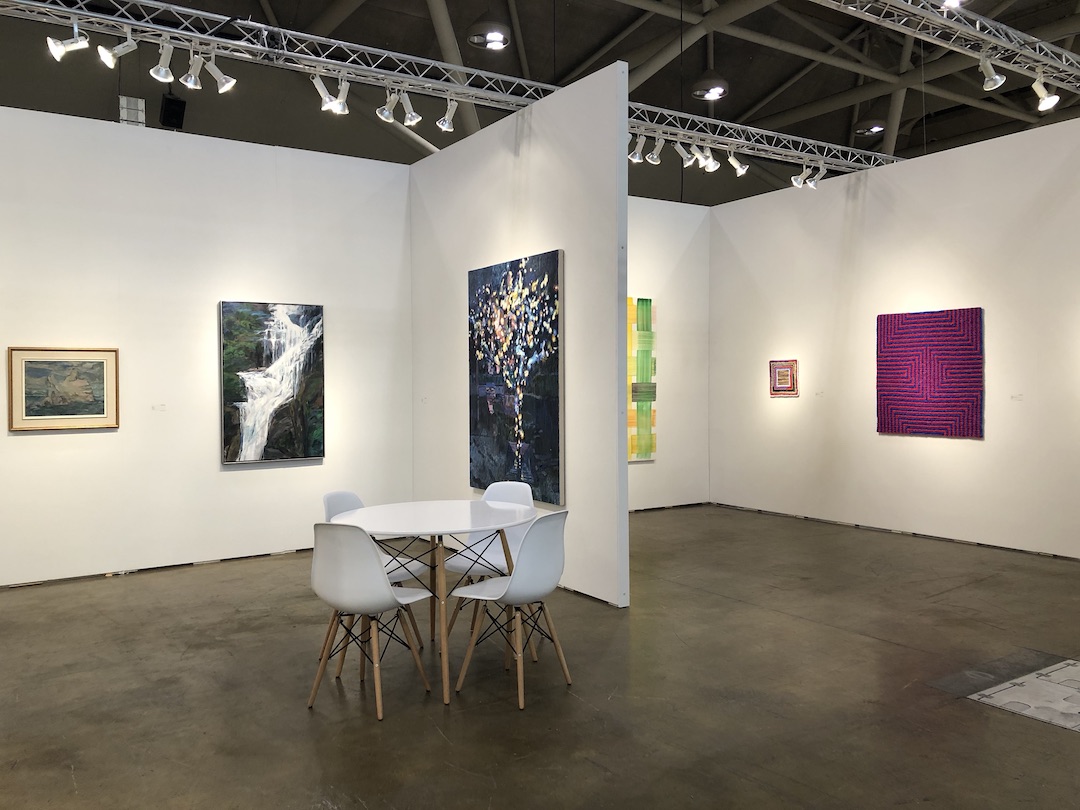
Art Toronto is Canada's international contemporary and modern art fair. For their 20th year, Equinox Gallery presented a selection of works by gallery artists within the context of an international program.
Art Toronto
October 25 - 27, 2019
Metro Toronto Convention Centre
North Building 255 Front Street West, Toronto, ON
Selected Artists
A selection of work by gallery artists featured at the fair.
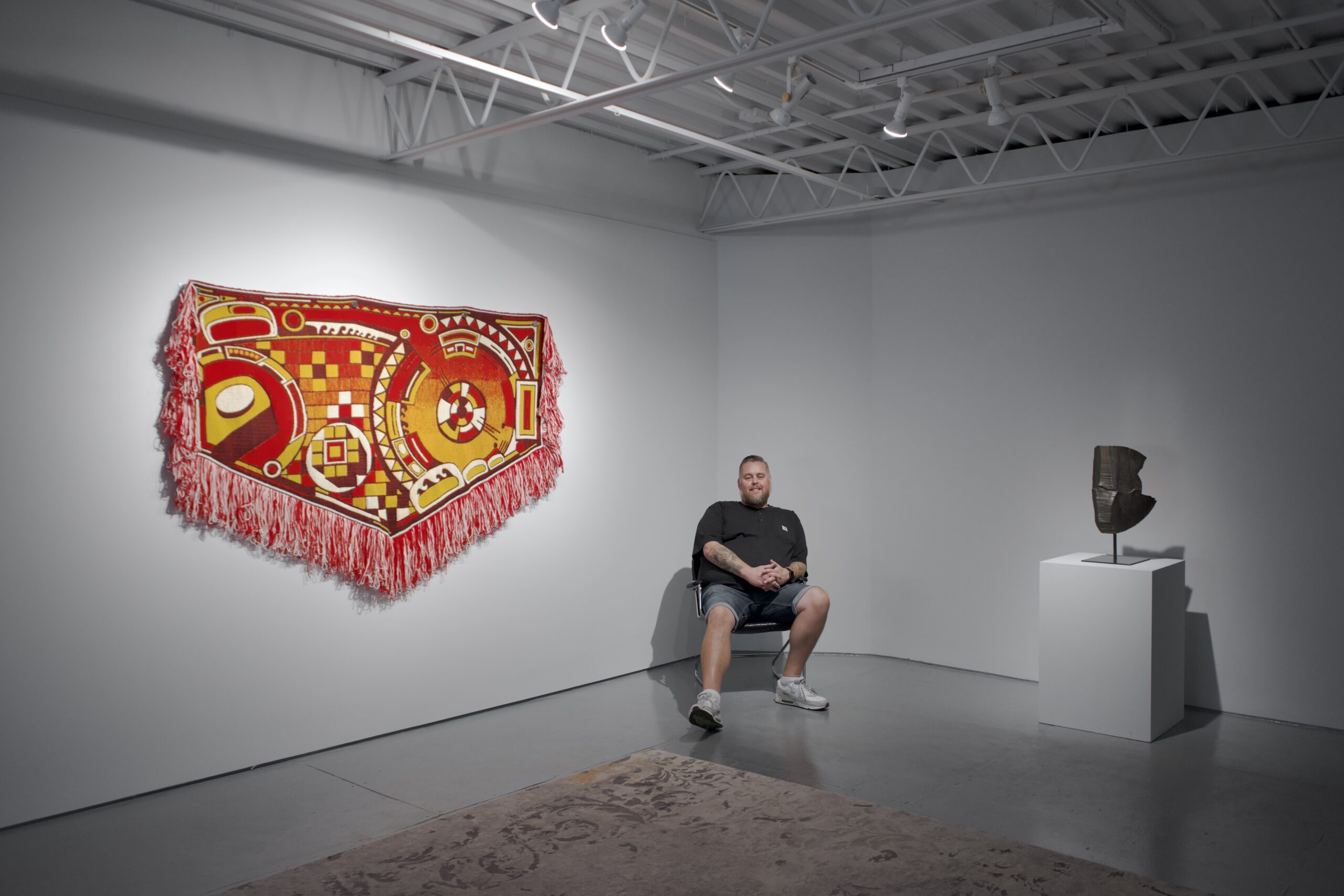
Sonny Assu
Sonny Assu
Sonny Assu (Ligwilda’xw of the Kwakwaka’wakw Nations) has been recognized for his mashups of Indigenous iconography and popular culture. Through a variety of mediums including sculpture, painting, prints, large-scale installations and interventions Assu’s work maintains a profound connection to past traditions while speaking to pertinent issues of our time.
Assu’s work is included in numerous major public collections, including the National Gallery of Canada (Ottawa), Art Gallery of Ontario (Toronto), Museum of Anthropology (Vancouver), and the Vancouver Art Gallery.
View Work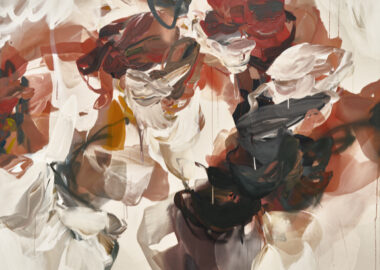
Bobbie Burgers
Bobbie Burgers
Bobbie Burgers is interested in the process of decay, transformation, and metamorphosis in nature. With a distinct style that merges abstraction with representation in increasing degrees, her work brings together instinctive compositions while revealing her precise powers of observation. Remarkable for their compositional rhythms, bold coloration, and sweeping gestural brushstrokes, Burgers’ paintings bring alive the fundamental quest to express something personal, subjective and emotive, in a poetic, abstract way.
View Work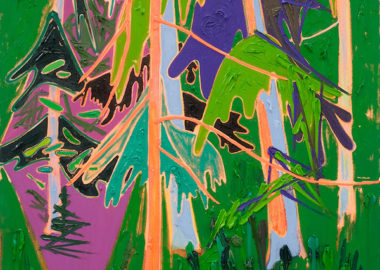
Kim Dorland
Kim Dorland
Kim Dorland’s practice reflects a fascination with the enigmatic Canadian landscape as it comes into contact with contemporary urban experience. The psychological atmosphere represented by Dorland is confrontational and hallucinatory, disrupting conventional ideas that the natural world is a place of solace and contemplation. Using a dense matrix of intense colours, delirious textures, and passionate painterly touch, Dorland brings a paradoxical sense of displacement in which the artist’s relationship with nature is simultaneously one of awe and fear. In parallel with this, fragments of contemporary urban life materialize themselves in the form of ghostly figures and graffiti remnants. It is through these dueling representations of the landscape that Kim Dorland has created a body of work endowed with an emotional charge whose potential far exceeds the formal confines of the canvas.
View Work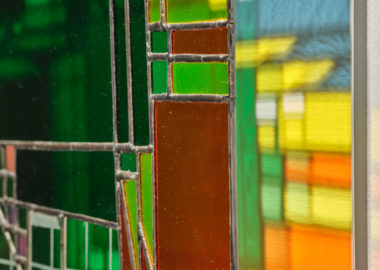
Devon Knowles
Devon Knowles
Devon Knowles investigates the histories, economies and social meanings of diverse materials – from denim fabric and aluminum to coloured glass and concrete. In moving such substances from their everyday context to a new environment, our appreciation of their properties and capacities becomes heightened. In working and reworking material, using traditional and contemporary fabrication methods, a rich language of the interplay of material and method emerges. As she engages with theories of perception, optical effects and tactility, alongside the direct act of making, Knowles encourages the viewer to access her work from a shared intimacy and sympathetic attentiveness.
View Work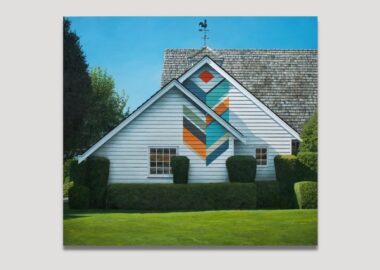
Erin McSavaney
Erin McSavaney
Erin McSavaney focus’ on spaces of everyday life and demonstrates how under close examination our perception of reality can be changed. Inspired by the practices of the 1960s Photorealist painters, McSavaney’s paintings are drawn from observations of his subjective urban landscape. McSavaney begins by walking or biking through urban spaces and carefully documents various interactions between nature and architecture. He then renders hyper-realistic spaces in acrylic paint on canvas. From afar, these paintings appear as a photograph or film still; but upon close inspection subtle details bring attention to the physical object of painting itself.
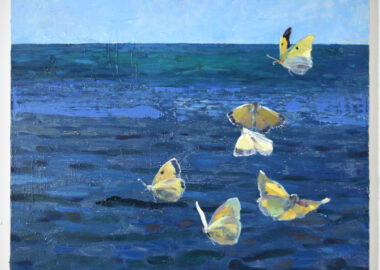
Ben Reeves
Ben Reeves
Ben Reeves is known for his sumptuous use of paint in compositions that deftly explore the relationship between abstraction and depiction. His work is actively engaged with the theory of painting, raising questions about the authenticity of imagery, while remaining deceptively traditional. At first glance, many of his works appear to borrow generously from 19th-century realism, yet they are often meticulously conceptual. Reeves’ work continually asserts that the painted image is a vocabulary of brushstrokes, a culturally understood visual language. Dominated by thick daubs of oil paint, Reeves’ paintings command a physical presence with their relief-like impasto surfaces.
View Work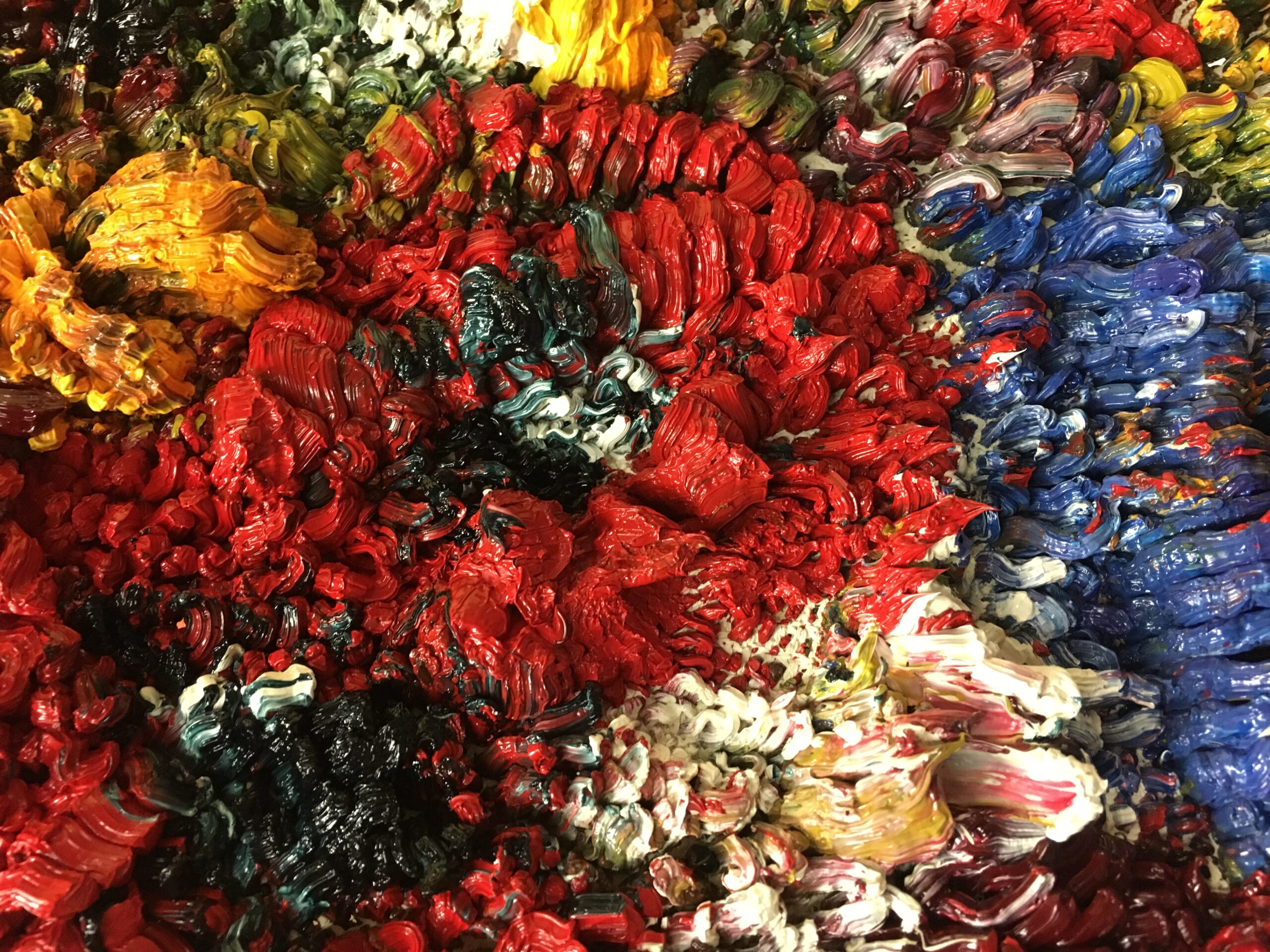
Angela Teng
Angela Teng
Angela Teng’s work reconsiders what is traditionally required to make a painting, and then suggests otherwise by renegotiating how a picture can be made. Her painting practice utilizes a laboured dedication to the process of craft through abstraction and studio-based exploration of materials. Her crocheted acrylic ‘paint-paintings’ manipulate ways of paint handling, while her works on hand-made crocheted cotton/linen surfaces celebrate the application of thick oil paint with a brush. Her patterns generate an optical buzz created from the marbling of paint, wobbly form, and through experimenting and observing the optical interaction of colours one upon another.
View Work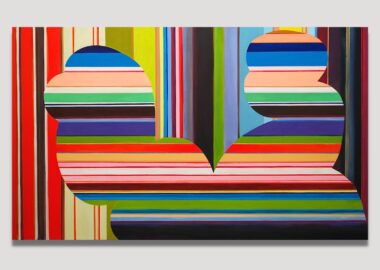
Renée Van Halm
Renée Van Halm
Renée Van Halm has been a significant figure in Canadian art for over forty years, both as a practicing artist and as an arts educator. In the early part of her career, Van Halm was interested in creating forms that were hybrids of many media, not purely painting, sculpture, or architecture. The evolution of her subject and medium has led her to consider the many forms of visual presentation in our culture. Van Halm draws her images from a variety of sources: mainstream fashion, architecture and decor magazines, and more recently the work of 1920s Bauhaus artists and weavers, in considering the ways in which architectural space governs contemporary human experience.
View Work